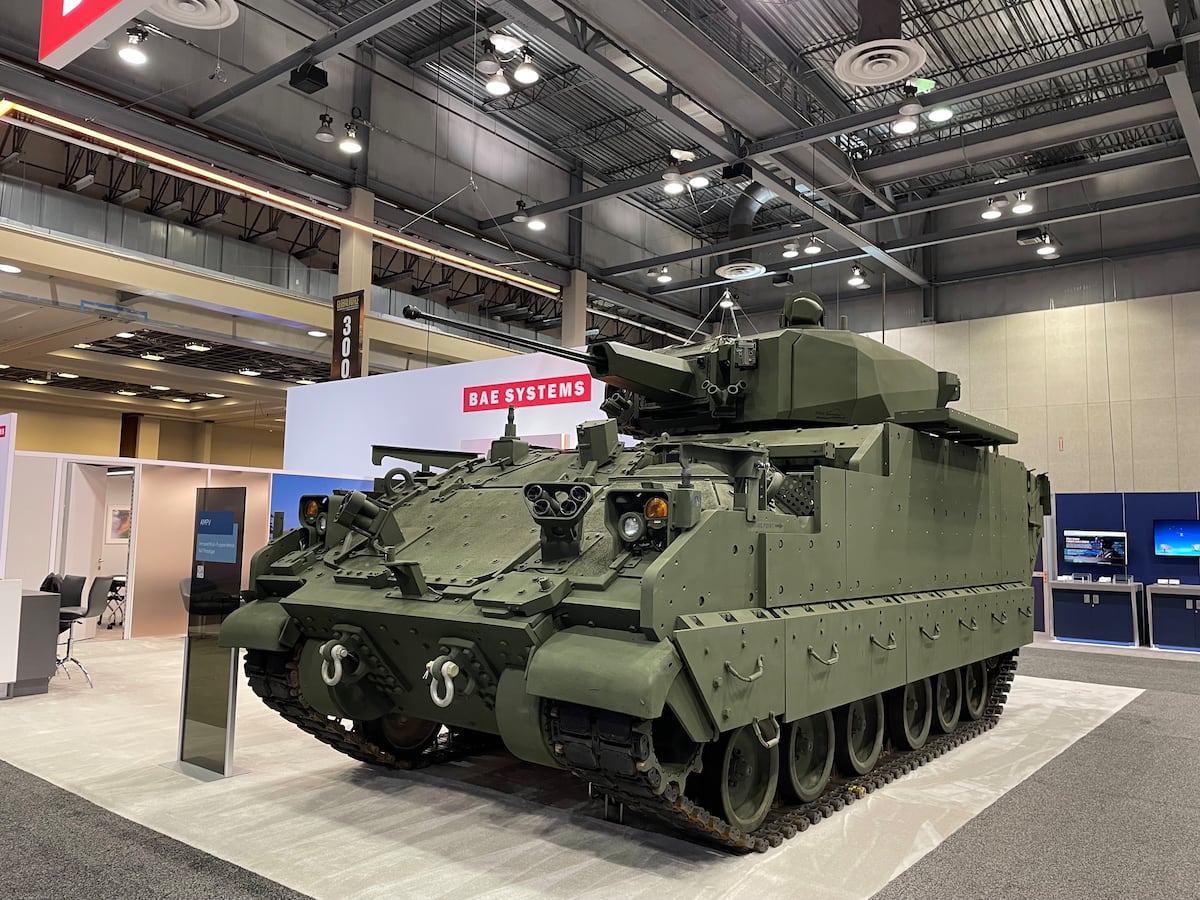Key Takeaways
- BAE Systems partners with Forterra to create an autonomous version of the U.S. Army’s Armored Multi-Purpose Vehicle by 2026.
- The collaboration aims to streamline the development process, keeping pace with commercial technology advancements.
- The initiative reflects a broader defense trend focusing on rapid integration of modern technology for enhanced battlefield capabilities.
Partnership for Innovation
BAE Systems and Forterra are collaborating to develop a self-driving variant of the U.S. Army’s Armored Multi-Purpose Vehicle (AMPV), marking a significant step in modern defense technology. This initiative represents BAE’s first external partnership under its new “capability kit” modernization strategy and aims to produce a prototype by 2026.
The announcement made on September 30 highlights an increasing urgency within the defense industry to adapt vehicles for evolving, multi-domain threats. Bill Sheehy, BAE’s ground maneuver product line director, stated that the partnership is focused on delivering real, actionable solutions rather than just concepts. By combining BAE’s experience in combat vehicle production with Forterra’s advanced software capabilities, the two companies aim to boost the Army’s operational edge.
The AMPV will replace the older M113 family of vehicles in the Army’s Armored Brigade Combat Teams, working alongside BAE-manufactured Bradley Infantry Fighting Vehicles and Paladin self-propelled howitzers. Forterra’s contribution includes its AutoDrive system, a modular autonomous driving platform already used in various vehicles. The platform’s open architecture promotes interoperability, allowing the Army to integrate various payloads and mission profiles efficiently.
Patrick Acox, Forterra’s vice president of defense growth, emphasized that AutoDrive enhances network capabilities and operational efficiency, supporting the AMPV’s mission. The collaboration aims to create a more advanced vehicle, reinforcing national security.
This push for autonomy aligns with a broader trend in defense procurement, where the Pentagon encourages contractors to deliver technologies more swiftly and design systems that are modular and easily upgradable. The Army is pursuing capability kits that can be quickly developed and incorporated, ensuring vehicles remain effective against modern threats like drones and electronic warfare.
BAE also indicated plans to internally invest in the AMPV to create technologically advanced prototypes with various capability kits. These strategic initiatives are expected to accelerate combat vehicle innovation and outpace potential adversaries.
The integration of autonomous technologies may expand the AMPV’s applicability for high-risk missions, such as resupply and reconnaissance, thereby protecting crew members from danger. Importantly, the technology developed is not limited to the AMPV but can also be adapted for other vehicles in the Army’s fleet, such as the Bradley A4 and the M109A7 Paladin.
The collaboration between BAE Systems and Forterra signifies a forward-looking approach in military vehicle development, demonstrating a commitment to maintaining the U.S. Army’s strategic advantage on the battlefield in an era of rapid technological advancement.
The content above is a summary. For more details, see the source article.















